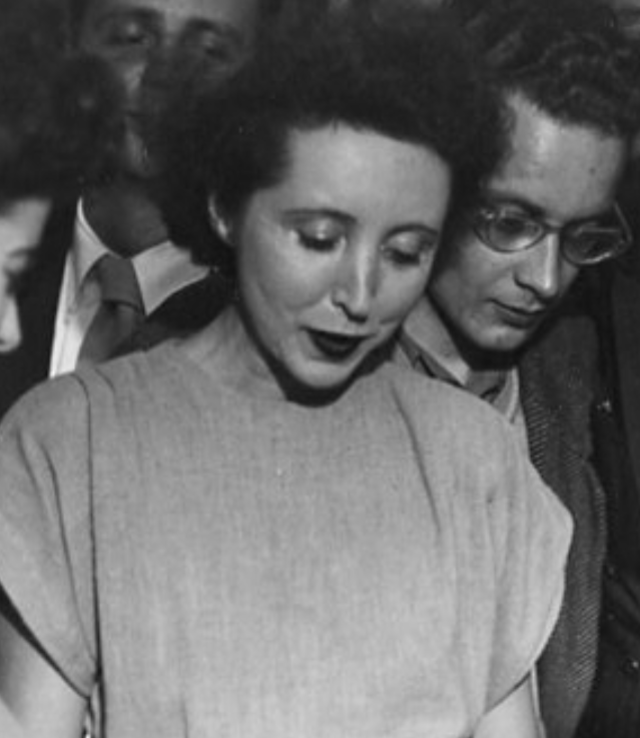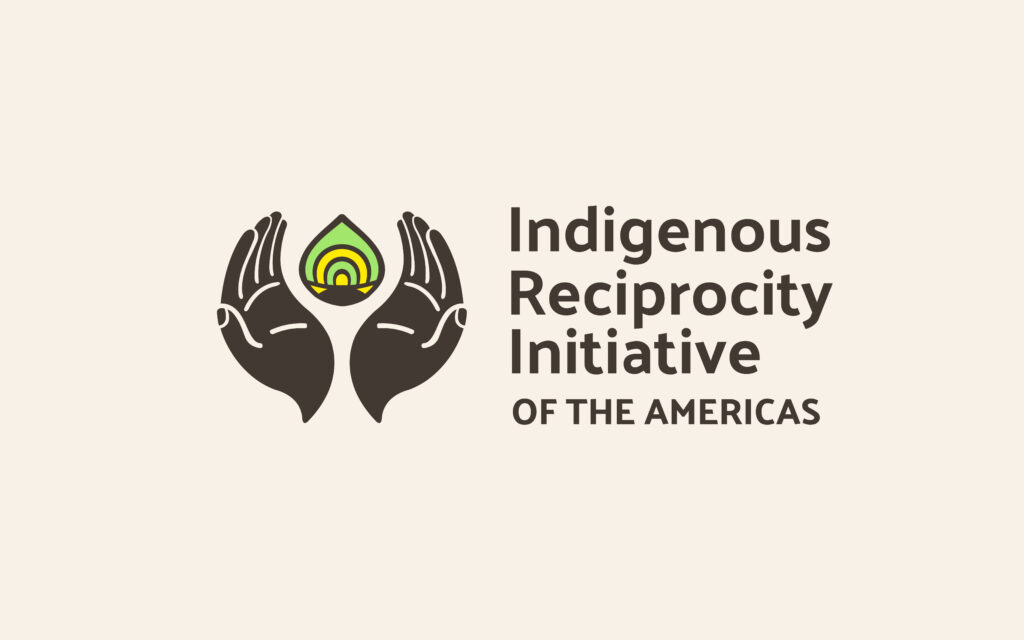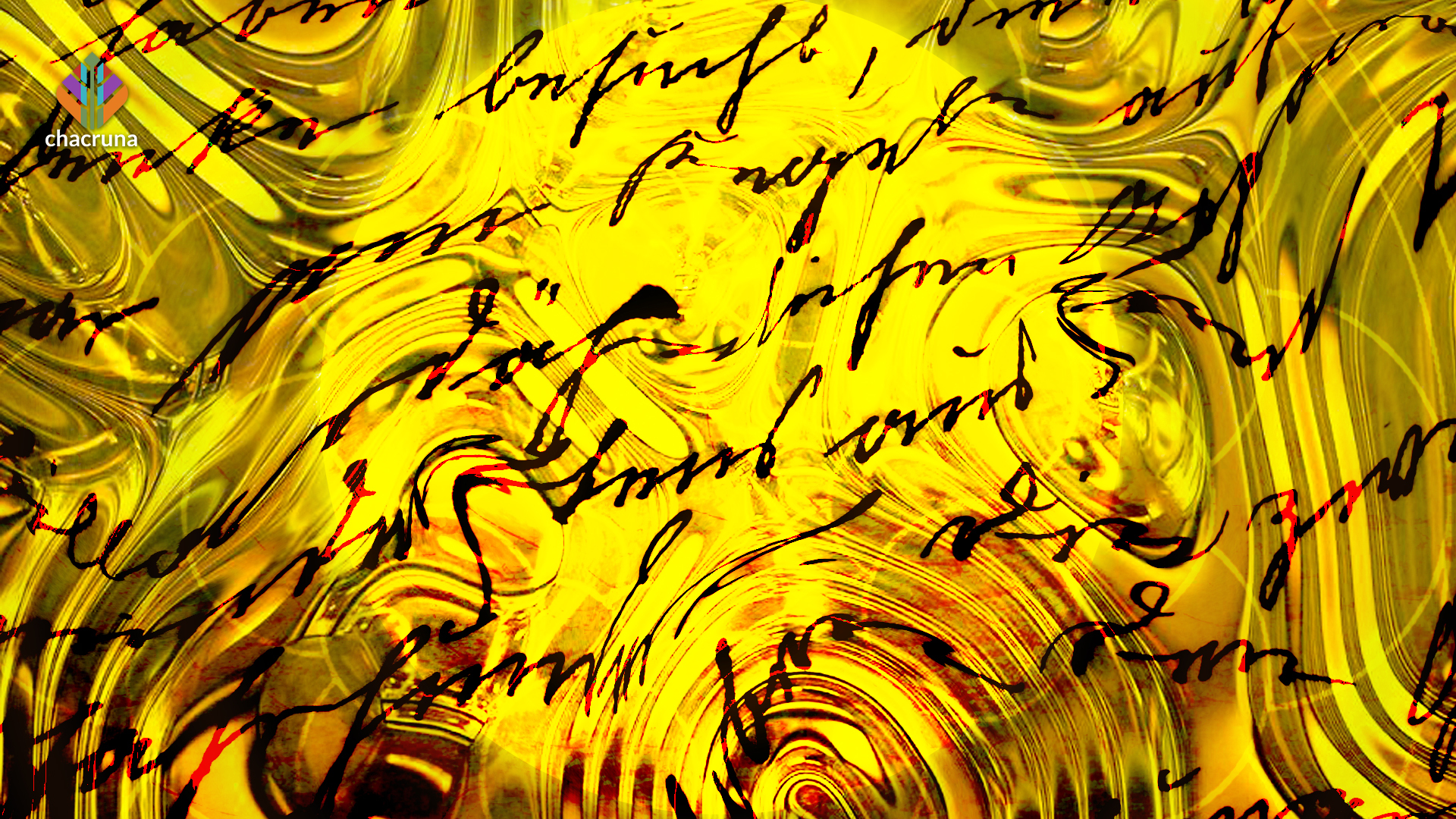- The Future of Sex and Psychedelics: An Agenda for Research - April 24, 2025
- L’avenir des recherches sur le sexe et les psychédéliques - April 24, 2025
- Women, Mental Illness and Psychedelic Therapy in Postwar France - October 25, 2023
- Anaïs Nin and the Vocabulary of the Psychedelic Experience - May 12, 2021

Compared to other psychotropic drugs available in the 1950s, LSD induced “something phenomenal, … of unimaginable intensity,” according to its creator Albert Hofmann. Speaking in an interview in 2004, he continued, “There is a vast difference between the emotional experience of this sensation and its purely abstract, philosophical description. It would be like trying to describe colours to a blind person: words alone will never make it possible to see what they are.” How can the psychedelic experience be described when it eludes translation into language?
Authors involved in the early study of LSD had been forced to resort to new concepts to explain what the experience was like. A specific vocabulary had to be invented in order to describe these phenomena. Following a tradition established by the psychiatrist Jacques-Joseph Moreau de Tours (1802–1884) with his work on cannabis, where he used the insights of writers and artists, this process was not just a scientific endeavour: intellectuals such as Aldous Huxley (who helped coin the word “psychedelic” with Humphry Osmond), Anaïs Nin, Ernst Jünger, Gérard Heard, and Henri Michaux all participated in the development of these concepts, thanks to their ties with the scientific community.
For inspiration, researchers, artists, and writers turned to Eastern philosophy—with its heightened attention to the body, in contrast to the Judeo-Christian tradition—since it seemed to foster a better understanding of the psychedelic experience. As the late Martin Fortier has emphasized, the Indo-Tibetan tradition in particular addressed “the philosophical and psychological questions associated with altered states of consciousness… in great detail.” In a 1967 article, the German psychiatrist Hanscarl Leuner explained this pursuit as follows: “The therapeutic mechanism does not correspond to any of our current psychological concepts. … Practitioners have no choice but to use these old concepts to interpret the results of their therapeutic trials.”
Anaïs Nin
Among the intellectuals whom doctors consulted in an effort to improve their understanding of the effects of LSD was Anaïs Nin (1903–1977). The French writer owes her fame to the publication of her diaries, which she began writing at the age of 11 and continued for her entire life. They offer a deep insight into her private life and her romantic, artistic, and intellectual relationships. Nin had ties with various psychoanalytical communities and, in particular, with Otto Rank, who was her psychoanalyst. In the fall of 1955, she took part in an LSD experiment conducted by the psychiatrist Oscar Janiger in which a musician and a biologist also participated.

Nin’s account of her experience appears at the end of Volume 5 of her Diary: “Gil [Henderson, the painter] asked me if I wanted to participate in an experiment because Dr. Janiger was hoping a writer would be more articulate about the experience.” She goes on to describe the session in some detail:
“It seemed strange to be coming to a psychiatrist’s office for such an adventure. Dr. Janiger took Gil and me into his private office, which was lined with books and very dark. I had little time to form an impression of him, for he immediately dispensed a number of blue pills, five or eight, I do not remember, with a glass of water. Then he conducted us to the waiting room, where the biologist sat already with a pad on his knee, pen in hand.”
She recounts how “[a]ll rigidities disappeared. It was as if I had been plunged to the bottom of the sea, and everything had become undulating and wavering.” The experience was peaceful, radiant, and pleasant: “My body was both swimming and flying. I felt gay and at ease and playful. There was perfect connection between my body and everything that was happening.” Marveling at these exotic visions, she was suddenly tormented by a thought: everything was appearing and changing too quickly, preventing her from remembering each scene, but most of all she realized that she would not be able to describe what she had seen.
“The walls turned to gold, the bedcover was gold, my whole body was becoming GOLD, liquid gold, scintillating, warm gold. I WAS GOLD. It was the most pleasurable sensation I had ever known, like an orgasm. It was the secret of life, the alchemist’s secret of life.”
Anaïs Nin
As she was lying down to catch her breath, she had a peak experience:
“The walls turned to gold, the bedcover was gold, my whole body was becoming GOLD, liquid gold, scintillating, warm gold. I WAS GOLD. It was the most pleasurable sensation I had ever known, like an orgasm. It was the secret of life, the alchemist’s secret of life.”
Later, as the effects of LSD began to wear off, she observed: “I felt I could capture the secret of life because the secret of life was metamorphosis and transmutation, but it happened too quickly and was beyond words. … Ah, I cannot capture the secret of life with WORDS. Sadness. The secret of life was BREATH. That was what I always wanted words to do, to BREATHE.”
She was very struck by her experience, and reflected on the nature of the LSD’s effects. According to her, the substance did not reveal an “unknown world” but rather allowed individuals to give in to their dreams and fantasies without the interference of the real world. LSD acted as a facilitator, allowing faster access to extraordinary experiences that could still be got at using other ways: “Obviously, by way of writing, reveries, waking dreams, and night dreams, I had visited all those landscapes.”
Finally, frustrated at not being able to recreate her LSD experience through language, Nin concluded that it had not been particularly positive. She became dubious about psychedelics’ widely assumed creative and spiritual potential, and wrote that, in fact, psychedelic trips had the potential to make individuals passive:
“So the drugs, instead of bringing fertile images which in turn can be shared with the world (as the great painters, great poets, great musicians shared their abundance with the unfertile ones, enriched undernourished lives), have instead become a solitary vice, a passive dreaming which alienates the dreamer from the whole world, isolates him, ultimately destroys him. It is like masturbation. The one who wrestles his images from experience, from his smoky dreams, to create, is able then to build what he has seen and hungered for. It does not vanish with the effects of the chemical. … And that is the conflict. The drug effect does not strengthen the desire to turn the dream, the vision, into reality. It is passive.”
Her stark rejection of the significance of the psychedelic state raises interesting questions. Notably, we find in her account an idea entrenched in the Western unconscious whereby forms of knowledge considered to be superior (artistic, intellectual, or spiritual) may only legitimately be accessed after a long and painful initiation. LSD and the other psychedelic substances were so many easy shortcuts. Any strategies meant to reduce the effort required to achieve such a superior state were considered pathetic and cheap. Anaïs Nin therefore judges Huxley’s psychedelic writings harshly: “Huxley was a scientist. These visions came from chemicals. They were controlled. There was no danger of a Rimbaud walking out of his poetic world.”

Discover Indigenous Reciprocity Initiative of the Americas
LSD also plays an important role in the sixth volume of her Diary. Following on her earlier ideas, she continues to examine the links between psychedelics and creativity, imagination, and religious belief. Nin had ties with some of the great personalities involved in psychedelic research, including Aldous Huxley, Betty Eisner, Timothy Leary, and Richard Alpert (Ram Dass), and she was critical of what she saw to be their overly scientific approach. She concluded that it was possible for artists and poets to describe the experience, but that these types of visionary works were not accessible to the majority of people, who preferred factual and clinical reports over “poetic niceties.” During the summer of 1963, she had written:
“No one had taught them [Western scientifically minded experimenters] to dream, to transcend outer events and read their meaning. They had been deprived of all such spiritual disciplines. It was a scientific culture, a technological culture. It was logical that they would believe in drugs, drugs of all kinds: curative, tranquilizing, stimulating and (logically) dream-inducing drugs… they were going in their own scientific way into their other reality. At one party, Leary discussed a statement he had made, that there was no language, no way to describe the LSD experience. I did not agree. I mentioned the poets; I mentioned Michaux; I mentioned the surrealists. All unknown to them. They were scientists, not poets. Huxley’s plain, precise, methodical report was more trustworthy. They were making links with ancient religions but not with literature, I felt.”
Anaïs Nin’s account may be somewhat of a caricature, but it nevertheless shows a semantic divide between cold and technical scientific language and the often-inexpressible fullness of a psychedelic experience. It also highlights the difficulty many non-academic intellectuals faced when describing the effects of these substances: their attempts were too far removed from the scientific culture of psychiatrists, who were the only recognized experts on these substances.
“No one had taught them to dream, to transcend outer events and read their meaning. They had been deprived of all such spiritual disciplines. It was a scientific culture, a technological culture.”
Anaïs Nin
Betty Eisner dedicated one of her articles to Nin with the following: “To Anaïs Nin, who knows more about this than any of the scientists do.” Eisner recognized the significance of Nin’s insights and perhaps offered this dedication as a subtle nod to the need for nurturing these critical perspectives. Eisner was well aware of the complex network of players influencing the history of psychedelic science and its resistance to these critical, tempered, or even embodied perspectives.
Nin was familiar with the Tibetan Book of the Dead, but felt that Americans were not versed enough in poetry and myth to receive these Eastern concepts. She believed that Americans, with their thinking “blocked both by puritanism and by materialism” had no access to their inner world without the intervention of “a jolt, a shock, a violent tearing away from the earth” enabled by the consumption of LSD. She regretted that Leary and his followers adapted the language of Eastern religions without seeking in Western culture the means to describe these states (in surrealism, for example). According to her, because of their lack of sensitivity to poetry, Americans were unable to make sense of their psychedelic experiences, which led to negative experiences: “And what happened to those who had not become familiar with the meaning of the unconscious, of the dream, of creation through poetry, myths, psychology? They were frightened, confused; they were passive under the shock of dreams, visions, hallucinations. They could not integrate the visions with the art of living or the art of language.”
“The words that Westerners use to talk about these phenomena, which come from cultures far removed from their own, do not have the same meaning and can be pejorative or even sound ridiculous, all of which influences the understanding that the uninitiated may have.”
Michel Perrin
However, concepts from Eastern philosophies, when adopted by Western science, had become devoid of their original meaning and lost their usefulness. Moreover, these borrowings had a very negative connotation to many at the time, as the anthropologist Michel Perrin explains: “The words that Westerners use to talk about these phenomena, which come from cultures far removed from their own, do not have the same meaning and can be pejorative or even sound ridiculous, all of which influences the understanding that the uninitiated may have.”
The use of this language mixing concepts from the Indo-Tibetan tradition with scientific terms largely contributed to the growing perception among the public, political actors, and the scientific community that LSD and the researchers associated with it were intimately linked to the formation of a counterculture threatening the established order. Consequently, the “psychedelic” vocabulary would have a decisive influence on the stigmatization of LSD studies and contribute to their eventual halt.
Translated by Robert Savery.
Art by Mariom Luna.
Take a minute to browse our stock:
Did you enjoy reading this article?
Please support Chacruna's work by donating to us. We are an independent organization and we offer free education and advocacy for psychedelic plant medicines. We are a team of dedicated volunteers!
Can you help Chacruna advance cultural understanding around these substances?














